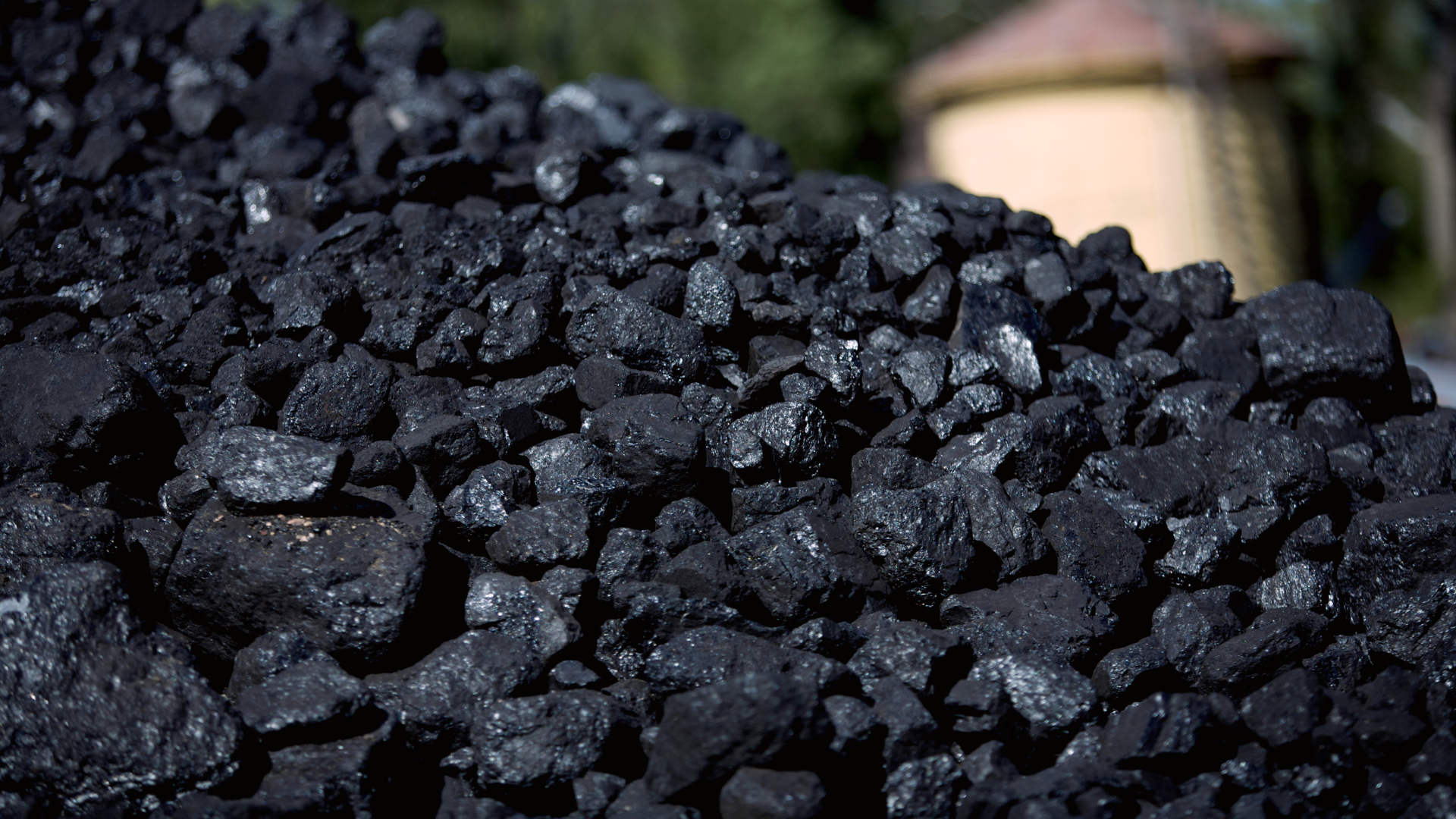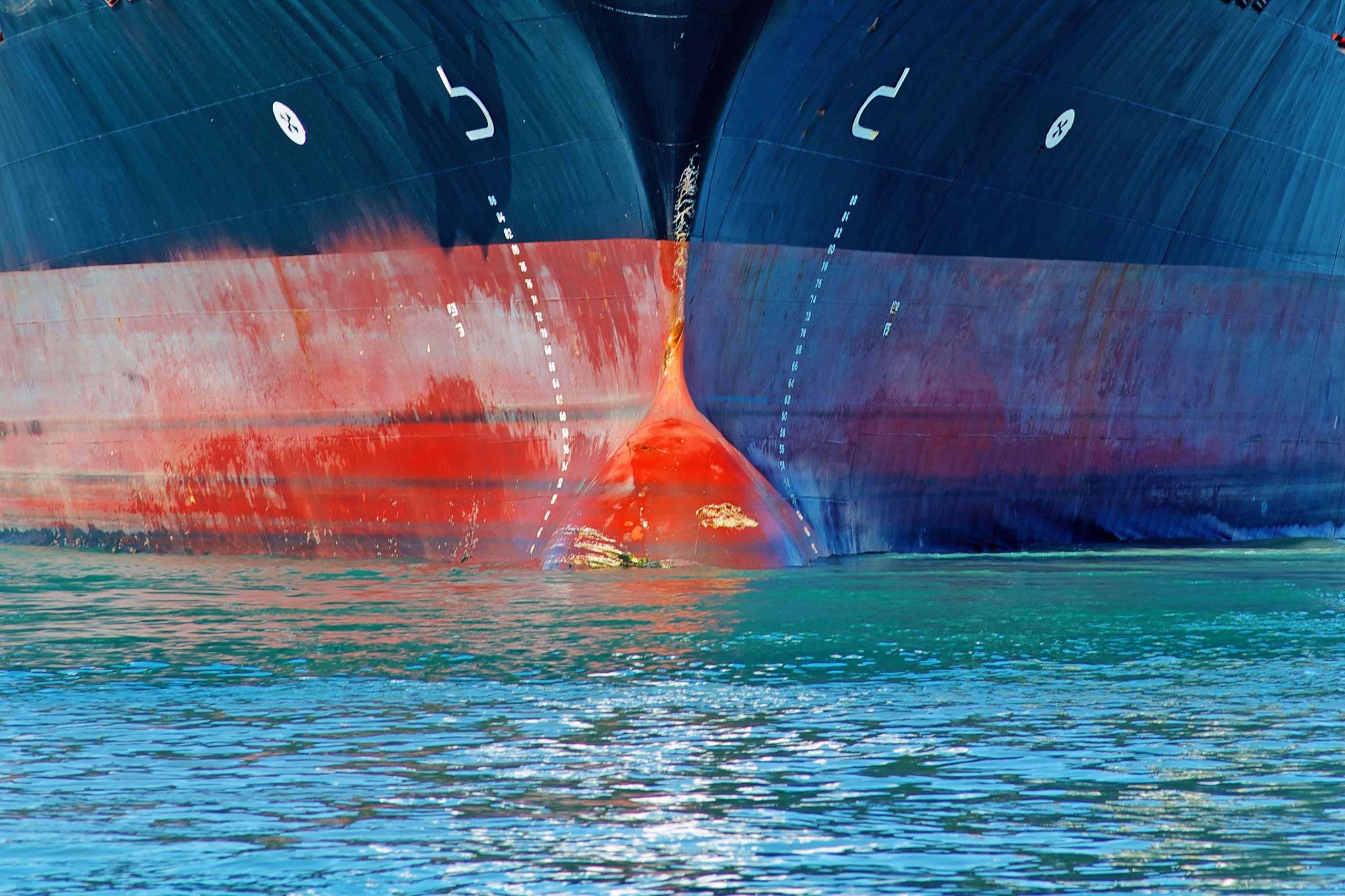
The UK P&I Club has received the following update from our listed Correspondent Huatai Marine, regarding the Shanghai Municipality regulations on the prevention and control of ship pollution and the Jiangsu Province regulations on the prevention and control of ship pollution in the Yangtze River, that came into effect on 1 March 2023.
For the full update, the Circular is available for download below.





